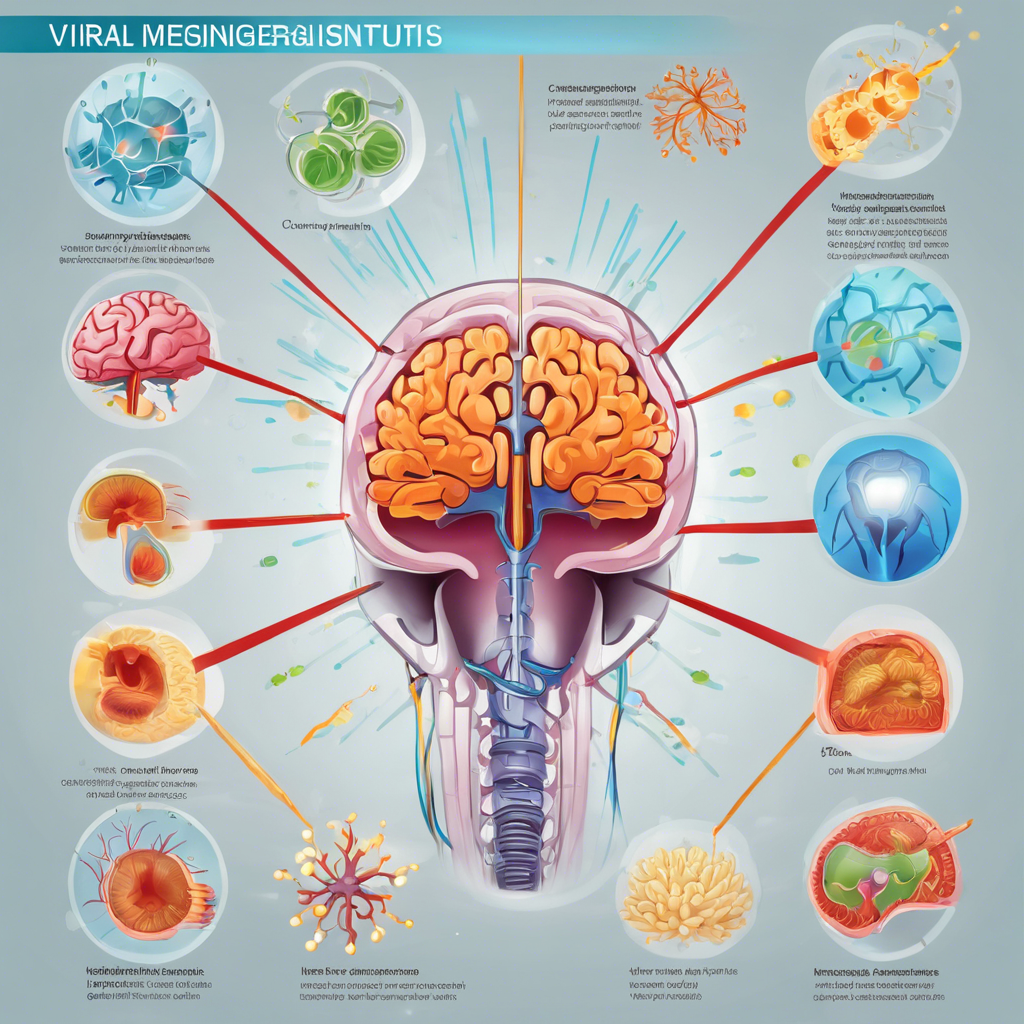Estimated Reading Time: 3 min
During winter, certain diseases and health conditions can become particularly dangerous and, in some cases, life-threatening. Here are some of the most dangerous diseases that can easily lead to severe complications or death if not treated promptly:
Influenza (Flu)
- Description:A highly contagious viral infection that can lead to severe respiratory illness.
- Risks: Can cause pneumonia, bronchitis, and exacerbate chronic health conditions, leading to hospitalization or death, especially in the elderly, young children, and those with weakened immune systems.

Pneumonia
- Description: An infection that inflames the air sacs in the lungs, which can fill with fluid or pus.
- Risks: Can be caused by bacteria or viruses, including the flu. It is particularly dangerous for older adults and people with underlying health issues, potentially leading to respiratory failure or sepsis.

Hypothermia
- Description: A life-threatening condition that occurs when the body loses heat faster than it can produce it, resulting in a dangerously low body temperature.
- Risks: Severe hypothermia can lead to organ failure, cardiac arrest, and death if not treated quickly.

Frostbite
- Description: An injury caused by freezing of the skin and underlying tissues, commonly affecting extremities.
- Risks: Severe cases can lead to gangrene, requiring amputation, and can potentially be life-threatening if infection spreads.

Carbon Monoxide Poisoning
- Description: A colorless, odorless gas that can accumulate in enclosed spaces, often due to faulty heating systems or generators.
- Risks: Exposure can lead to severe neurological damage or death. Symptoms include headache, dizziness, confusion, and nausea.

Norovirus
- Description: A highly contagious virus that causes gastroenteritis (inflammation of the stomach and intestines).
- Risks: While not typically deadly in healthy individuals, severe dehydration from vomiting and diarrhea can be life-threatening, especially for the elderly and those with weakened immune systems.

Respiratory Syncytial Virus (RSV)
- Description: A virus that causes respiratory infections, particularly dangerous for infants and the elderly.
- Risks: Can lead to bronchiolitis and pneumonia, with severe cases resulting in hospitalization or death.

Sepsis
- Description: A life-threatening condition triggered by the body’s response to an infection, which can occur from any infection, including those common in winter like flu or pneumonia.
- Risks: Sepsis can lead to organ failure and death if not treated quickly. Symptoms include fever, confusion, rapid heart rate, and difficulty breathing.

Meningitis
- Description: An infection of the protective membranes covering the brain and spinal cord, which can be viral or bacterial.
- Risks: Bacterial meningitis is particularly dangerous and can lead to death within hours if untreated. Symptoms include severe headache, fever, stiff neck, and sensitivity to light.

Prevention Tips
- Vaccination: Get vaccinated against influenza and pneumonia.
- Awareness: Be mindful of hypothermia and frostbite risks; dress warmly and limit exposure to extreme cold.
- Carbon Monoxide Safety: Ensure proper ventilation and functioning of heating systems.
- Good Hygiene: Wash hands regularly and practice good food safety to prevent norovirus and other infections.
- Seek Medical Attention: Promptly address symptoms of severe illness to prevent complications.
